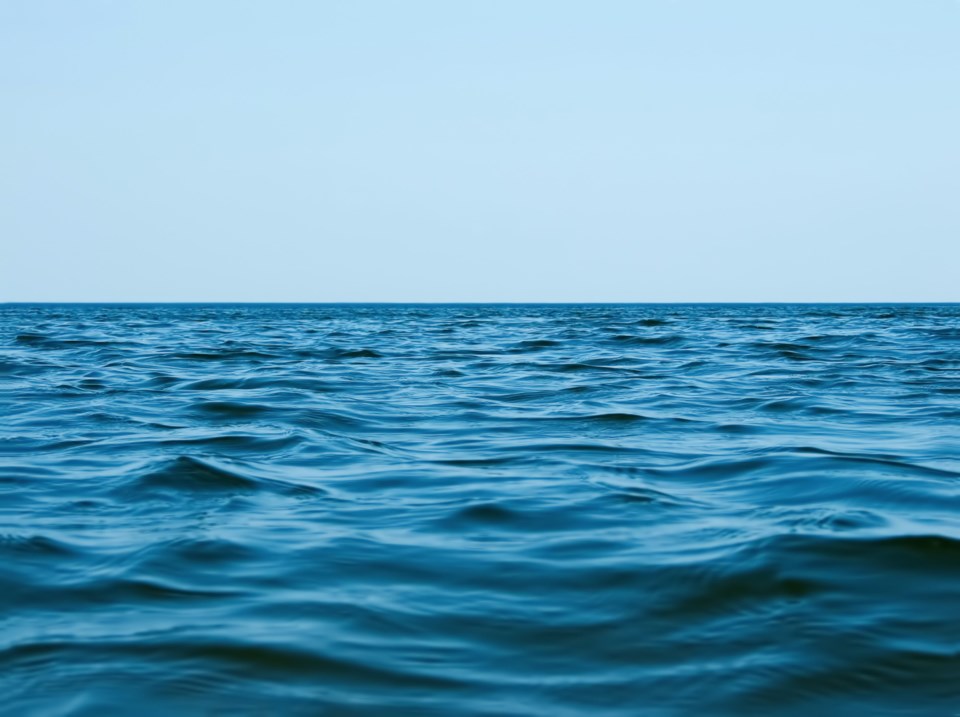Should weather and water supply conditions remain average, Lake Superior could rise by approximately 2 cm in August.
That would come after the lake ended the month of July down by 2 cm due to drier than average water supply conditions.
Full details on the water levels for Lake Superior as well as outflow conditions for the St. Marys River are included in the following release from the International Lake Superior Board of Control:
The Board expects the total St. Marys River flow in August to be 2,280 m3/s (80,500 cfs), as prescribed by Regulation Plan 2012. Actual hour-to-hour and day-to-day flows may vary depending on hydrologic conditions, as well as variations in flow from the hydropower plants. Anglers and other users of the St. Marys Rapids need to be cautious of the changing flows and water levels that will be experienced in the rapids in August.
The gate setting of the Compensating Works will be decreased from the current setting equivalent to six gates fully open (Gates No. 7 and No. 8 open 108 cm each, Gates No. 9 through No. 15 open 135 cm each, and Gate no. 16 open 5 cm) to a setting equivalent to approximately four gates fully open. On Wednesday, Aug. 7, Gates No. 7 through No. 15 will be lowered to a setting of 97 cm open, and Gate No. 16 will be closed. The St. Marys Rapids flow will decrease from approximately 850 m3/s to 640 m3/s. The average St. Marys Rapids flow in August is expected to be approximately 684 m3/s, to meet the Plan 2012-prescribed flow in August in consideration of the capacity restrictions at the hydropower plants. Gate #1 will remain at its typical setting which supplies a flow of about 15 m3/s to the channel north of the Fishery Remedial Dike.
Water level changes over the month of July
Water supply conditions were much drier than average in the Lake Superior basin and wetter than average in the Lake Michigan-Huron basin in July.
- Lake Superior declined by 2 cm (0.8 in) last month while the seasonal long-term average pattern is for Lake Superior to rise by 4 cm (1.6 in) in July.
- Lake Michigan-Huron rose by 2 cm (0.8 in) last month, and the seasonal long-term average pattern is for Lake Michigan-Huron to remain relatively stable in July.
Water levels as of the beginning of August
- At the beginning of August, the preliminary lake-wide average water level of Lake Superior was 4 cm (1.6 in) below the seasonal long-term average (1918-2023) and 18 cm (7.1 in) below the level of a year ago.
- At the beginning of August, the preliminary lake-wide average water level of Lake Michigan-Huron was 13 cm (5.1 in) above the seasonal long-term average (1918-2023) and 2 cm (0.8 in) above the level of a year ago.
Forecast outlook
During August, depending on weather and water supply conditions, Lake Superior may return to its seasonal increase while Lake Michigan-Huron is expected to begin its seasonal decline.
- If weather and water supply conditions are near average, Lake Superior may rise by approximately 2 cm (0.8 in.) and Lake Michigan-Huron may decline by approximately 4 cm (1.6 in).
- If conditions are much wetter than average, Lake Superior may rise by as much as 9 cm (3.5 in) and Lake Michigan-Huron may rise by approximately 2 cm (0.8 in).
- If conditions are much drier than average, the water level of Lake Superior may drop by approximately 4 cm (1.6 in), and Lake Michigan-Huron may decrease by as much as 10 cm (3.9 in).
The International Lake Superior Board of Control is responsible for managing the control works on the St. Marys River and regulating the outflow from Lake Superior into Lake Michigan-Huron. Under any outflow regulation plan, the ability to regulate the flow through the St. Marys River does not mean that full control of the water levels of Lake Superior and Lake Michigan-Huron is possible. This is because the major factors affecting water supply to the Great Lakes (i.e. precipitation, evaporation, and runoff) cannot be controlled, and are difficult to accurately predict. Outflow management cannot eliminate the risk of extreme water levels from occurring during periods of severe weather and water supply conditions. Additional information can be found at the Board’s homepage or on Facebook
